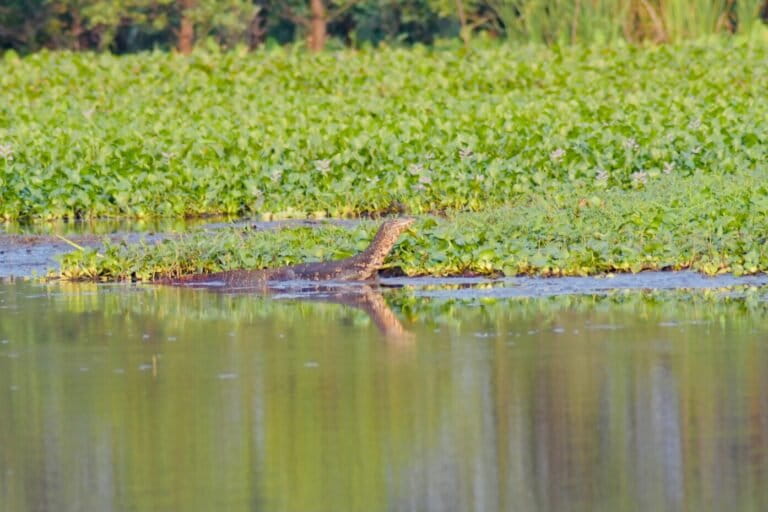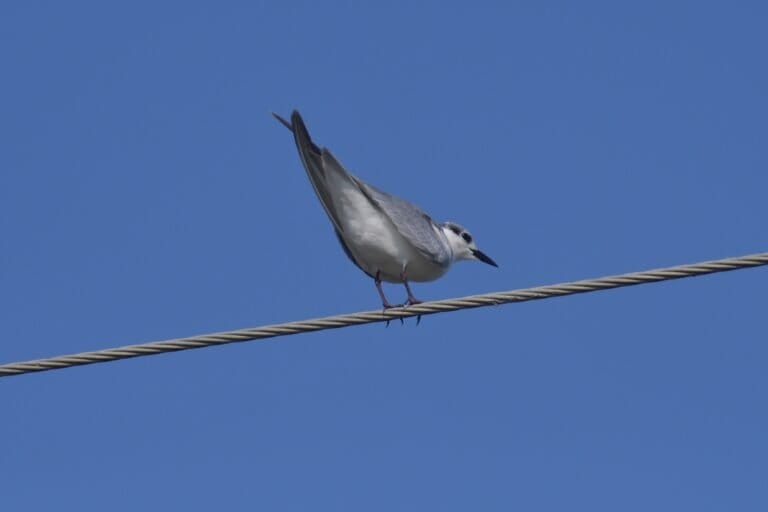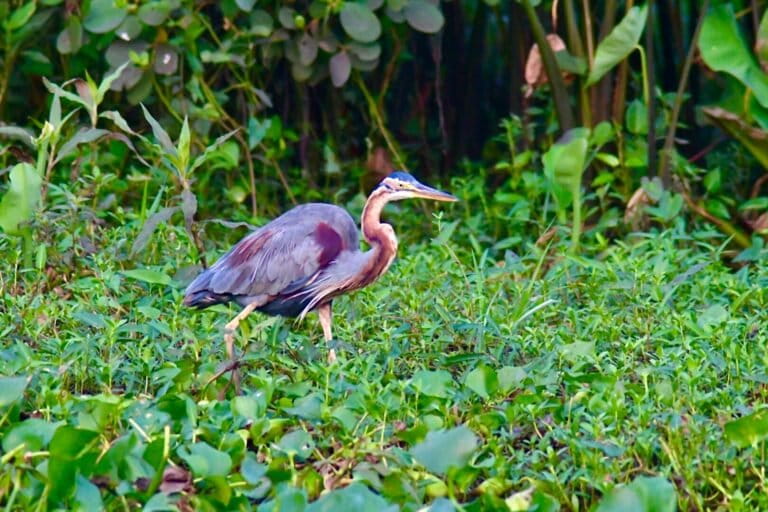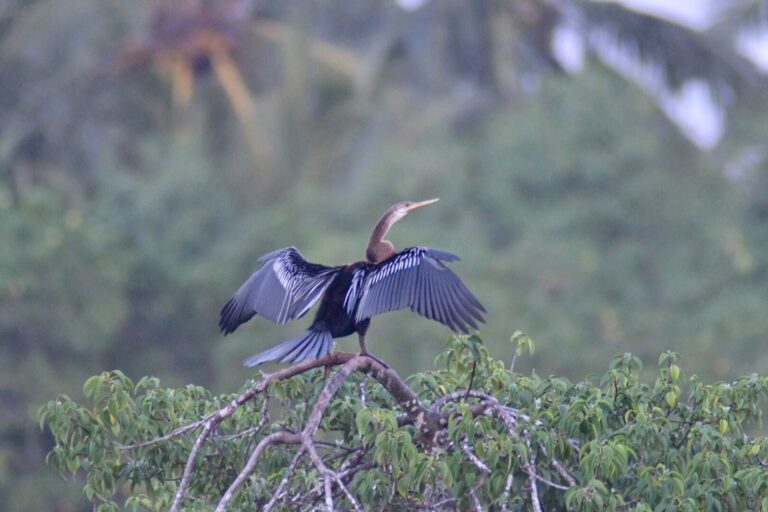- Nature plays a significant role in Sri Lanka’s tourism economy, and it goes well beyond popular parks and wildlife tourism focused on keystone species such as elephants and leopards it’s known for to include birdwatching.
- Birdwatching and photography are drivers of nature-based tourism, and in Sri Lanka’s deep south, the Kalametiya and Lunama lagoons, famous as a bird-watching location, provide visitors the opportunity to see more than 160 bird species, including winter migrants.
- Despite the tourism industry nosediving due to the twin effects of COVID-19 and the collapse of the island’s economy in 2021-22, nature-based tourism continues to draw visitors, indicating Sri Lanka’s popularity not only as a tourist destination but also as a niche wildlife and nature-based tourism location.
- The Wildlife Department’s statistics show that 50% of foreign tourists to Sri Lanka visit at least one national park during their stay, reflecting the level of interest in the island’s biodiversity and nature reserves.
HAMBANTOTA, Sri Lanka – Some 215 kilometers (130 miles) south of Colombo in the Hambantota district lies a unique, infrequently travelled, bird-watching location: Lunama and Kalametiya. A quaint coastal wetland, this bird sanctuary serves as a home for a range of birds — wintering and endemic — and other fauna, complete with swaths of mangrove forests, extensive reedbeds, scrublands and salt marshes.

For the traveler, Kalametiya lagoon, adjoined by Lunama, provides a tranquil backdrop to watch birds year-round — and to go paddle boating.
The dry zone in southern Sri Lanka has many locations of environmental significance and together, Lunama and Kalametiya forms one. First established in 1938, it is the island’s oldest bird sanctuary and occupies a picturesque area between the two saltwater lagoons, near a mangrove swamp and open plains.

This lagoon setting plays a key role in supporting the breeding colonies of pelicans, herons, egrets and others as well as wintering populations of migratory ducks and shorebirds. Recognizing Kalametiya and Lunama as important wildlife habitats, particularly for birds, an area of 700 hectares (1,730 acres) was declared a sanctuary in 1984 under the Fauna and Flora Protection Ordinance.

Though it remains one of Sri Lanka’s most secluded nature reserves, it is among the most richly endowed bird habitats on the island and home to many species of birds, amphibians, mammals, reptiles and insects. A 2005 study recorded a total of 161 bird species there, including 121 residents, 46 winter migrants and one offshore marine bird. Among the resident birds, five are endemic while five are nationally threatened.

Winter draws many bird species to this biodiversity-rich area, which offers an ideal resting and feeding location. Plovers, terns, ducks, stints, sandpipers, terns and ducks abound, and these winter visitors draw many visitors interested in ornithology and photography. Add to the visiting feathered friends the many residents: cormorants, pelicans, egrets, storks, teals and tilts. It is a bird-watching paradise year-round and true paradise in the colder months.

This paradisical backdrop is enhanced by the nearby Bundala National Park, an internationally significant wintering ground for migratory water birds where the visiting glossy ibis was recorded while nesting after a lapse of about 150 years.

A March 2023 study took a look at the influence of land-use changes on bird diversity and feeding guilds – or groups of unrelated species feeding on similar foods – with the Kalametiya lagoon as the study focus and highlighted how Kalametiya has become a highly threatened wetland, having undergone drastic hydraulic changes in recent decades due to an upstream irrigation project — Uda Walawe Irrigation and Resettlement Project (UWIRP).

The research noted how these changes have led to the invasion of the lagoon water by monospecific Sonneratia caseolaris, commonly known as mangrove apple, and Typha angustifolia reedbeds. Researchers studied the lagoon from January to April 2022 and encountered 79 bird species and found bird communities to be richer and more diverse in the angustifolia reedbeds compared with the mangrove-dominated areas.

They suggest that a management system aimed at restoring the lagoon to its past state would bring significant changes to its avifaunal community. Kalametiya lagoon is already an altered ecosystem caused by human pressure. For six decades, the mangrove forest had seen expansion, increasing its cover from 77.5 hectares (191.5 acres) in 1956 to 385.3 hectares (952 acres) in 2016 while reducing the lagoon water surface by 86% in the same period, indicating the speed and extent of expansion. These changes have also been linked to UWIRP, which took place about 49 km (30 mi) upstream from the lagoon.

The birds of Kalametiya are ecologically versatile and serve as important indicator species due to their sensitivity for environmental change and also their ecology being generally well known. While post-pandemic visitors increase, there is evidence to suggest the need for better management of the bird sanctuary.
Banner image of a pair of lesser whistling ducks (Dendrocygna javanica), nocturnal feeders special to the Indian subcontinent and Southeast Asia, also known as Indian whistling ducks or lesser whistling teals. Image courtesy of Kanchana Handunnetti.

0 Comments